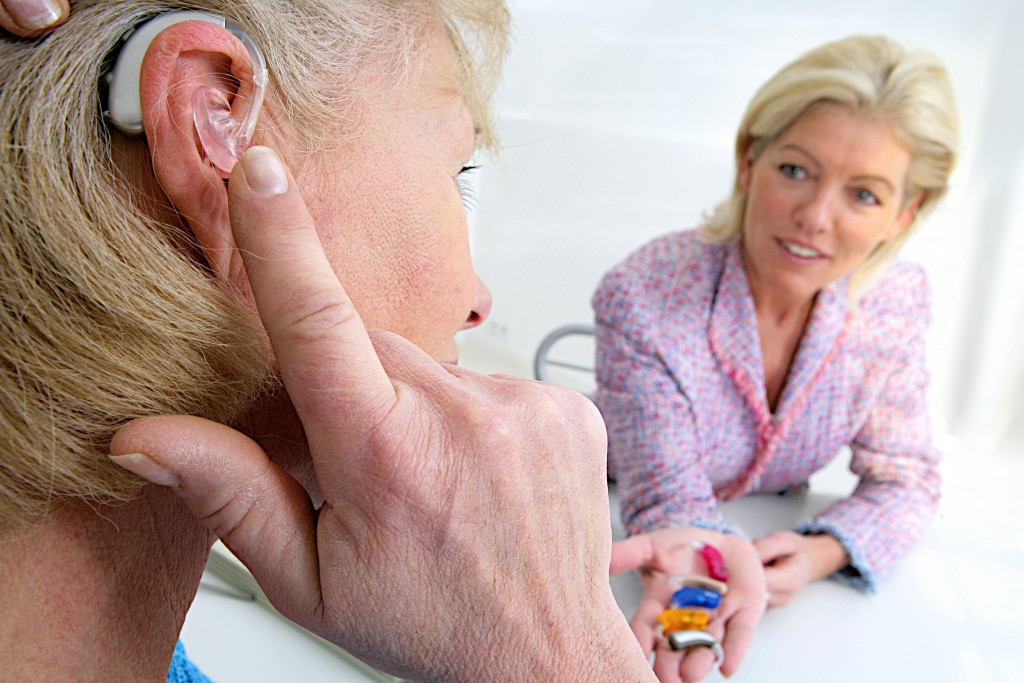- Deaf individuals have a unique perspective on the world and a rich culture.
- Tools such as sign language, assistive technology, and social networks can help empower deaf people and enhance their quality of life.
- Education is an essential aspect for personal development, but access can be limited.
- Technology and social organizations are helping to increase access for the deaf community.
Being deaf is not a disability; it’s a unique way of life. Deaf individuals have a unique perspective on the world, and their richness of culture, language, and connection distinguishes them as a community. However, many deaf people face challenges that limit their quality of life.
Communication issues, social isolation, and exclusion from mainstream facilities are some of the struggles that deaf individuals face. Fortunately, the situation is gradually changing, and there are now many essential resources and tools that can help empower the deaf and enhance their quality of life.
Sign Language
The ability to communicate with others is essential to our well-being, and for many deaf individuals, sign language is an integral part of their communication. Sign language can provide deaf individuals better emotional and social connections, increase job opportunities, and improve their identity. Many libraries, community centers, and educational institutions offer sign language classes or resources to learn sign language online.
Assistive Technology

With the advancements in technology, there are now many tools and devices that can help deaf people lead a better and more fulfilling life. One such tool is the hearing aids. Hearing aids amplify sound and make it easier to understand speech, allowing users to interact with their peers more effectively.
Another assistive technology that can be incredibly is speech-to-text software designed for hearing-impaired individuals. This software converts spoken words into text, which can be read on a screen or displayed on a device. It allows deaf individuals to communicate seamlessly in a classroom, a work meeting, or a social event.
Social Engagement
Social participation is vital to a fulfilling life, yet many deaf individuals face barriers to accessing mainstream social facilities. For example, cinemas, museums, and theaters may not have the necessary tools to accommodate the deaf community.
However, social engagement opportunities are increasing with the help of new technology and social organizations. Social networks such as Facebook and Twitter have enabled deaf individuals to connect with others and foster social connections.
In addition, organizations like the National Association of the Deaf (NAD) and the Deaf Society aim to increase access to resources and fight against discrimination.
Education
Education is a fundamental aspect of personal development. However, deaf individuals have limited access to education, affecting their life opportunities. Fortunately, the situation is continually changing, and educational institutions are increasingly becoming more accessible and accommodating for deaf students.
For example, the rise of online courses has enabled deaf students to access education that was once unavailable to them. In addition, specialized schools and programs are being established to cater to the specific learning needs of the deaf community.
Advocacies

Advocacy groups and individuals have been working tirelessly to promote the rights and welfare of deaf people. Here are four advocacies essential to ensure that deaf people receive the same opportunities, access, and support as their hearing peers.
Ensuring Access to Education
Education is crucial for individual growth and development. Deaf people are often marginalized in the educational system, so ensuring equal access to education is vital. This involves having qualified interpreters, speech therapists, special needs teachers, and access to technology that can help them communicate more effectively.
Promoting Sign Language
Sign language is the primary means of communication for many deaf people. Unfortunately, not everyone understands sign language, which can lead to difficulties communicating with hearing individuals. Advocates are pushing for sign language to be recognized officially as a language in schools and workplaces and to have sign language interpreters readily available to assist with communication.
Encouraging Workplace Inclusion
Many deaf people face significant barriers when it comes to employment. They are often excluded from job opportunities due to discrimination or a lack of accommodations to help them perform their tasks effectively.
Advocacy groups are pushing to ensure that workplaces provide accessibility aids, such as assistive devices and interpreters, and to promote hiring deaf people, especially in industries where they remain underrepresented.
Ensuring Access to Health Care
Deaf people are often excluded from medical services, as many healthcare providers do not have the proper training or equipment to communicate effectively with them. Advocates seek to promote healthcare providers’ sensitivity, education, and training in communicating with deaf patients.
Final Thoughts
The challenges faced by the deaf community should not limit their quality of life. Progress is already happening, and with the proper support, we can empower the deaf community to live their lives to their fullest potential. A life without sound is not a life without joy, but it is a life that requires access to the same opportunities available to hearing individuals.
